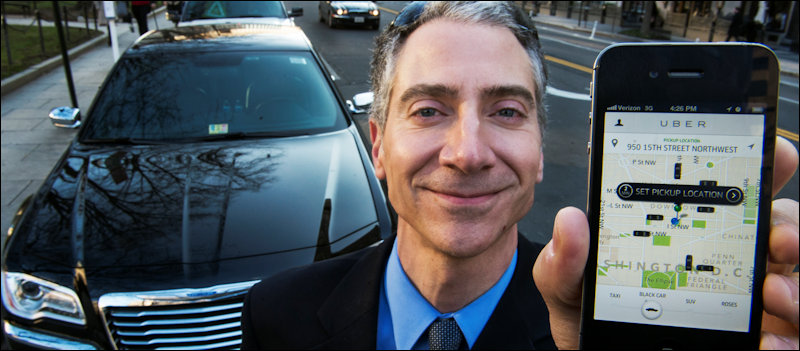by James A. Bacon
Almost every square foot of Fairfax County that can be developed has been developed. If the county is to grow, there’s no place to grow but up. The county board of supervisors bowed to that inevitability yesterday, voting unanimously to change zoning rules that will allow greater density in 22 areas of the county, including Reston, Seven Corners and the Richmond Highway corridor.
Under the new rules, the maximum Floor-to-Area ratio rises from 2.0 to 5.0 (with an exception carved out for downtown McLean of 3.0), according to the Washington Post. That is a truly urban level of density, consistent with mid-rise buildings of five to ten floors. The vision of county planners is that buildings will have ground-level retail and underground parking — essentially creating what urbanist Chrisopher Leinberger calls WalkUPs, or walkable urban places.
Not surprisingly, residents of nearby single-family subdivisions are concerned about the impact of new development upon the character of their neighborhoods, and especially upon traffic congestion. Cramming more people into the same space served by the same overloaded roads seems to be a formula for worse congestion on a scale that the county cannot build its way out of. In a county designed around auto-mobility, greater density promises nothing but headaches — if nothing else changes.
But things are changing.
The first thing that’s changing is how neighborhoods are organized and constructed. Under the old suburban sprawl paradigm, houses were built in cul de sac subdivisions, which were separated from malls and shopping centers, which were separated from offices, which were separated from schools, churches and government buildings. People had to drive their cars to get anywhere. They literally had no choice.
Under the smart-growth paradigm (or whatever you describe Fairfax County planners’ vision for growth), much of the parking will go underground, which will allow buildings to be much closer, and land uses will be mixed, all of which will enable people to take care of many daily needs by walking to their destination. Instead of using their cars to take ten trips on average, the people living in these densified areas will use them to take, say, only eight or nine trips. Although this feature will offset all of the localized impact of greater density, it will offset some of it.
The second thing that will change is that greater density improves the economics of mass transit. Buses are not a realistic transportation option for low-density suburbs. Admittedly, whether they become a viable option in mid-rise suburbs is an open question. That all depends upon how efficiently municipal bus systems operate, and how much local governments can afford to spend in ongoing subsidies. I’m not a big fan of money-losing bus systems, and I wouldn’t blame Fairfax residents if they weren’t either.
But greater density also improves the economics of private transportation services. Which brings us to the third thing that’s changing: the Uber-ification of transportation. By Uber-ification I mean the ability to order a ride from Point A to Point B with a smart phone at less cost (usually) than to hail a (usually unavailable) taxi. Uber has already begun offering ride-sharing options that allow two or more passengers to share the cost of a trip. Inevitably, dynamic ride-sharing will spread to vans and buses, opening up a range of transportation options at a variety of price points. The Uber revolution will not suit everyone, but it will suit a lot of people, and the ride sharing that precipitates from the new services will take thousands of cars off Fairfax County roads.
Fairfax planners and politicians may be stuck in a mass transit mindset — the conviction that buses, trolley and rail (with a little bit of bicycling thrown in) are the only options for moving large volumes of people in a dense urban environment. I don’t know the Fairfax political scene well enough to know if that’s the case or not. But I would invite citizens to channel their fears and frustrations in a positive direction. If density is coming, call upon Fairfax officials to Uberize — create a regulatory environment that makes it easy for ride-sharing companies to do business. If competition and innovation are allowed to flourish, density need not create congestion.



